GOOD TO KNOW
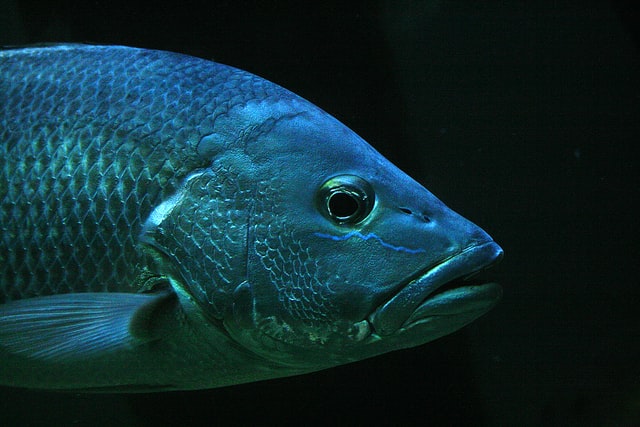
zander obliges
If one's surname is reminiscent of a predatory fish (Zander = pikeperch) and you are involved in an industry known for environmental degradation and water pollution, the impetus to champion sustainability becomes paramount. Striving for responsible production and unparalleled transparency stands as our unwavering commitment.
Each year, an alarming 8 million tons of plastic find their way into the ocean, equating to the distressing image of a truckload of plastic being dumped into the sea every minute. This sets off a calamitous chain of events, disrupting the delicate marine ecosystem significantly. Human activities like the hunting of whales and dolphins, coupled with the relentless overfishing of protected species, exacerbate this already precarious situation.
Through our annual contributions, we extend support to an organization dedicated to safeguarding endangered wildlife and habitats. By aligning our efforts with initiatives aimed at preserving our environment, we endeavor to honor our namesakes and safeguard the natural world for future generations.

applied ethics
At the core of our brand is a commitment to sustainability and ethical practices within the fashion industry. We believe in the importance of transparency and conscious interaction with our customers. To ensure this, we continuously assess and scrutinize our processes and decisions to align with our values. We advocate for mindful luxury, where the true value of a luxurious piece lies not only in its exquisite craftsmanship but also in the ethical and sustainable practices that go into its creation. By using only the finest natural materials that are mindfully produced and ethically sourced, from yarns and fabrics to packaging and shipping solutions, we aim to create a product that not only brings joy to our customers but also contributes positively to the health of the planet and the well-being of all involved in the supply chain.
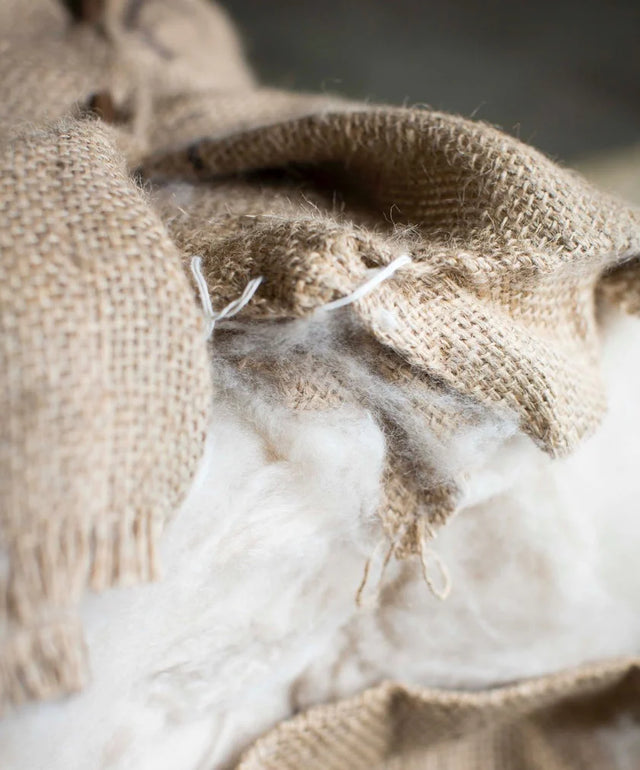
our standards
The majority of our fabrics and materials adhere to the stringent OEKO-TEX® regulations, ensuring compliance with their rigorous social and environmental criteria. This certification signifies that our products are deemed safe for human health in all respects.
Our premium cashmere primarily originates from Cariaggi Lanificio, renowned as one of the most prestigious spinning mills globally. Sourced from Inner Mongolia, the raw fleece undergoes expert dyeing and spinning processes at their facilities in Umbria, Italy. With a longstanding relationship spanning three decades, we deeply value Cariaggi's exceptional yarns and their pioneering commitment to ethical yarn production. Embracing a holistic sustainability approach encompassing environmental stewardship, social responsibility, human welfare, and animal care, Cariaggi epitomizes a harmonious blend of luxury and ethics, safeguarding our planet for future generations. Their certifications attest to the highest ethical and environmental standards.

REACH stands for Registration, Evaluation, Authorisation and Restriction of Chemicals. It entered into force on 1 June 2007. REACH places the burden of proof on companies. To comply with the regulation, companies must identify and manage the risks linked to the substances they manufacture and market in the EU. They have to demonstrate to ECHA how the substance can be safely used.
All our materials comply with the European REACH regulation in order to guarantee a high level of protection for human health and the environment.
Organic Content Standard OCS is a voluntary standard that validates the content of totally or part of the natural fibers from organic agriculture in textile products.
100% Renewable Energy is a voluntary standard that addresses the energy management system for responsible consumption and which declares the purchase of energy from renewable sources.
ZQ is a wool certification standard that stands for a better quality of life for animals, planet, our people.
Health and Textile is a voluntary certification system that checks the correct use of chemicals and guarantees the eco-toxicological quality of the product throughout the supply chain.
Environmental and the Health and Safety Standards ISO 14001 - ISO 45001: are a voluntary standards that identify a series of international standards concerning the eco-management of company and the health and safety in the workplace.and they must communicate the risk management measures to the users.

cashmere
Cashmere, renowned as the most exquisite natural fiber, is derived from the soft undercoat of the Capra Hircus goat. Its unparalleled softness allows for comfortable wear against the skin, boasting warmth levels 7-8 times greater than wool. With roots dating back to 1000 B.C., cashmere has long been associated with luxury and regality, earning its reputation as the fabric of nobility. Notably scarce, cashmere constitutes a mere 0.2% of global animal fiber production.
Sourced from Inner Mongolia, our cashmere originates from goats enduring the harsh winters of the Gobi Desert, yielding an exceptionally insulating undercoat with remarkable thermoregulatory properties. This fine fiber measures only 15-19 microns, in stark contrast to human hair at approximately 75 microns. Harvested through meticulous hand-combing during the shedding season in spring, a single goat produces approximately 150 grams of plush fleece annually. Comparatively, crafting a cashmere jumper requires the combined yearly output of 3-4 goats, whereas a solitary sheep can supply enough wool for 3-4 jumpers.
We advocate for the mindful care of your cashmere garments, urging adherence to the garment label instructions. Our cashmere selection hails from Cariaggi, renowned for their Ethical Yarn Evolution initiative. This ethos is underpinned by a commitment to inclusive sustainability, encompassing environmental stewardship, social responsibility, ethical business practices, and animal welfare. This harmonious blend of luxury and ethics exemplifies a corporate ethos that prioritizes the well-being of current and future generations.
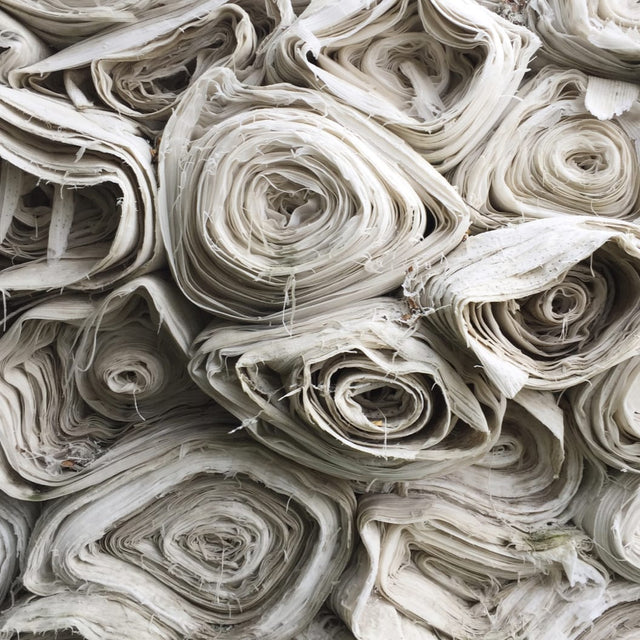
natural silk
Silk has been gained from the cocoon of the silkworm for more than 5000 years. An undamaged cocoon can produce a continuous filament of up to 900 m (the protein from the cocoon of the silkworm is the only continuous fibre found in nature). In conventional silk production, the caterpillars do not survive the process, but are killed by heat. In the so called “Peace Silk” the cocoon is sliced so that the finished butterfly can slip before the cocoon is thrown into hot water. Silk is an investment that should be bought with a long term relationship in mind.

organic cotton
Cotton has been used for the production of textiles since around 6000 BC. The cotton plant’s fruit, known as the cotton boll, yields a fluffy white, raw fibres, about 4 cm long. Cotton cultivation consumes a vast amount of water. It’s wise to check the origin – some certificates indicate sustainable production: GOTS, kbA, Fairtrade or IVN.
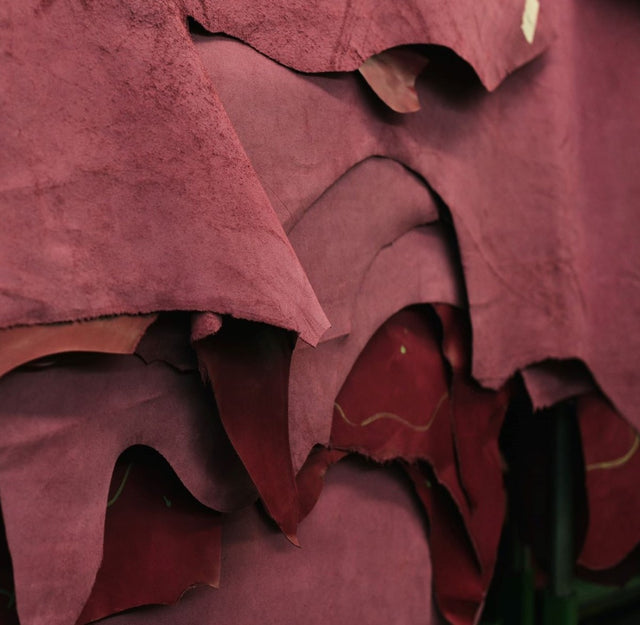
leather
We use goat skins from our Berlin supplier for leather fringes as part of the utilization cycle of meat industry byproducts. Leather is a natural product and should be cared for just as we take care of our own skin. Leather, especially vegetable tanned leather, is sensitive to liquids, light and dirt. Regular greasing or the use of care products such as impregnating spray may help to keep it clean and supple. However, not all types of leather are compatible with the use of such products. Test a cleaner on a hidden spot before applying the visible parts.

sensible packaging
We can’t quit packaging but we follow our own mindful rules using sustainable stuff from www.biobiene.com. The German supplier aims for a world without plastic – and without products from China… Everything is made from renewable, biodegradable materials.

carbon neutral shipping
UPS offers a carbon neutral shipping option, giving us the opportunity to reduce our carbon footprint while demonstrating our commitment to sustainability. This way we can contribute to projects like Wolf Creek, which captures methane landfill emissions to generate electricity in Georgia, USA, or, Chol Charoen, which captures emissions released from wastewater to produce electricity in Thailand.
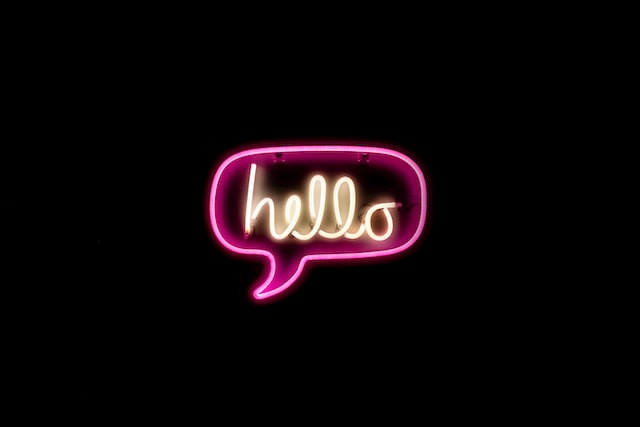
Get in touch
We value your opinion, and look forward to your suggestions for improvement – and your criticism.
Please contact us at any time!






